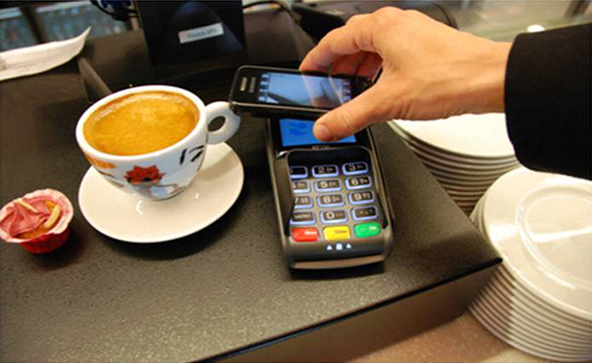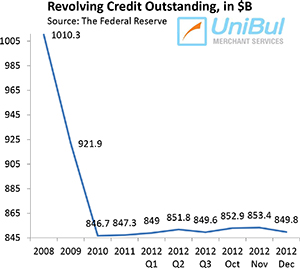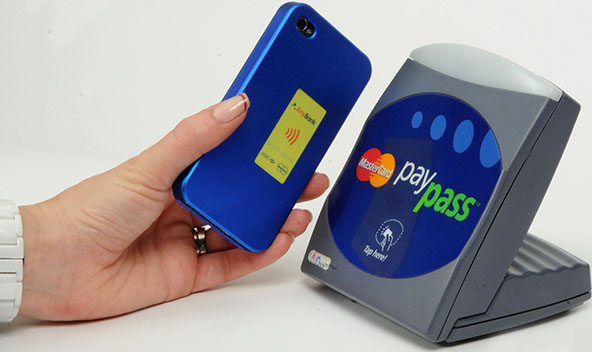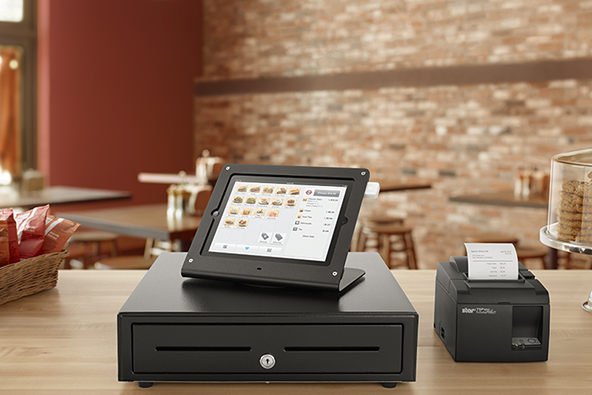Transformation of Cell Phones into Credit Cards to Begin in 2011

I have reviewed several different mobile payment concepts on this blog, as well as the prospect of cell phones replacing credit cards. At the rate smart phones are evolving, it seems inevitable that at some point at least one of these new technologies will take off and many of us will add another form of electronic payments to our arsenal.
PCWorld.com’s Mark Sullivan has a great article on the probability of this process beginning in 2011 and achieving “broader adoption” in 2012. He is writing specifically about one of the contenders – a start-up called Boku – but his reasoning applies to the nascent industry as a whole. Here is how he describes the mobile payment process:
Scenario No. 1: You’re in a store, you find something you want to buy. You go to the counter and swipe your phone. The chip inside your phone authenticates with the store’s billing system, and your payment is made.
Scenario #2: When you’re shopping online there’s even less time to reconsider your impulse buys. You watch the first two minutes of a movie, and decide you want to pay to watch the rest. You simply input your phone number to the website. Your phone company/credit card company sends you a text asking you to confirm the purchase. You return the text confirming it, and that’s it.
The way it works on the backside is this. When you buy a phone, you are given the chance to buy a credit card too. The “credit card” is just the chip that’s built into your phone. Your purchases don’t show up on a separate credit card bill. They’re now listed on your phone bill.
Sullivan’s outline of the mobile payment process of the future should also help dispel a commonly held misbelief that cell phones will eventually render credit cards obsolete. What actually will happen is that credit cards will transform smart phones into payment tools, not the other way around. In other words, the only thing that will disappear will be the piece of plastic that currently contains your credit card account information. Pretty much the way books are gradually shifting their age-old paper form into a more contemporary digitized appearance.
Perhaps the most interesting question, other than who or what will become the dominant smart phone payment platform of the future, is what role the mobile networks will play in the process. Broadly speaking, there are two possible scenarios:
- The carrier provides the line of credit.
- The line of credit is provided by a bank.
The first option will allow the carriers to take the lion’s share of the processing fees charged to merchants accepting mobile payments, and potentially to charge customers interest for the portion of their balance that is not repaid at the end of the month. Pretty much what credit card companies do. But do carriers want to become credit card companies? Or perhaps the question should be whether the regulators will allow them to act as banks, whether they want to or not. The answer is that it is unlikely that this will happen.
The second option is one that is already being tested by three of the big U.S. carriers – Verizon, AT&T and T-Mobile. They have teamed up with credit card company Discover and British bank Barclays to test a service that will enable users to make payments with their phones, which will then be processed on Discover’s payment system. Apparently Barclays will be managing the credit card accounts. It has not been expressly stated, but it sounds like one of the banks (probably Barclays) will be underwriting the credit lines.
Whatever payment service wins the mobile race, it is unlikely that credit cards in their plastic incarnation will completely disappear from our wallets any time soon, just as paper books will probably coexist with their digital counterparts for some time to come. Given enough time, however, they will both go the way of the horse-drawn car.
Image credit: Wikimedia Commons.


